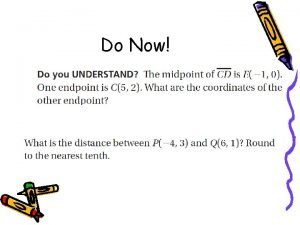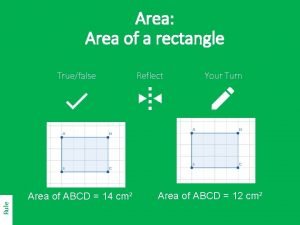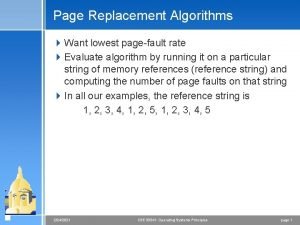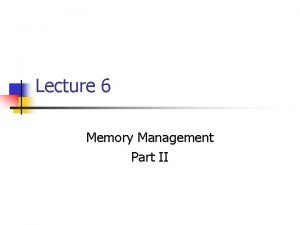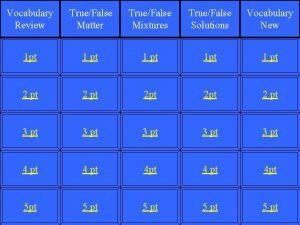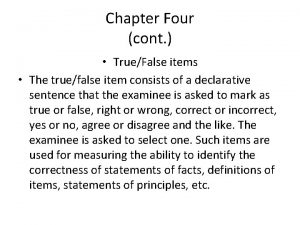TRUEFALSE TEST q The least used least known








- Slides: 8

TRUE-FALSE TEST q The least used, least known, but the most statistically strongest objective test question (Nilson, 2010, 289). q True-False test consists of a stem or a list of responses (either True or False) that may or may not involve interpreting a stimulus. q Learners do not select the RIGHT response but the option which is true or false to the stem.

TYPES OF RECOGNITION TYPE OF TEST Alternative Response Multiple Choice Matching Analogy Rearrangement Identification

Where Do True-False Test Belong? Common: True-False Type Two-constant Alternative Type Alternative Response Three-constant Alternative Type Others: Right-wrong, plusminus, yes-no, correctincorrect, same-different True-false, doubtful; constant alternative with correction (modified true-false)

Do’s and Don’ts in Constructing True. False Type Do’s Don’ts Test items must be arranged in groups of five and must be separated by two single spaces; items within a group by single space. Minimize use of similar statements from the book. Response should be as simple as possible (e. g. , used of a single letter). Avoid specific determiners: ALL, ALWAYS, NONE, NEVER, NOTHING, NO MORE. Responses should be placed in one column Avoid determiners: MAY, SOME, SELDOM, at the right margin. SOMETIMES, USUALLY, OFTEN. Items must be carefully constructed within Avoid qualitative terms: FEW, MANY, the language level of the learner. GREAT, FREQUENT, LARGE. Avoid statements that are partly right/partly wrong.

Do’s and Don’ts in Constructing True. False Type Do’s Statements must be strongly considered that they represent either true or false. Don’ts Avoid ambiguous and double statements.

Illustration for a True-False Test Direction: Write T if the statement is true and O, if false. Do not guess, right minus wrong. Write your answer at the right column. 1. Essay examination is easy to score. 2. Objective type of test saves time and energy in answering the questions. 3. Objective type of test is easy to construct. 4. Essay examination encourages cheating and guessing. 5. Objective type of test eliminates bluffing. 1. _____ 2. _____ 3. _____ 4. _____ 5. _____

Advantages and Disadvantages of True-False Tests Advantages • Superior flexibility, efficiency, and reliability. • Easier and quicker to develop than a multiple choice test. • Adds challenge and eliminates process-of-elimination thinking. Disadvantage • One faulty stem undercuts the value of multiple items.

Reference Nilson, L. B. (2010). Constructing Summative Assessments. Teaching at Its Best: A Research. Based Resource for College Instructors (p. 281294). California: John Wiley & Sons, Ltd.
 The volume of a solid is measured in units cubed. truefalse
The volume of a solid is measured in units cubed. truefalse Rectangle area rule
Rectangle area rule The tools used to produce items or to do work are called
The tools used to produce items or to do work are called Which of the following machine is portable mcq
Which of the following machine is portable mcq Optimal page replacement algorithm calculator
Optimal page replacement algorithm calculator Least recently used algorithm
Least recently used algorithm Page replacement fifo
Page replacement fifo Hát kết hợp bộ gõ cơ thể
Hát kết hợp bộ gõ cơ thể Lp html
Lp html
